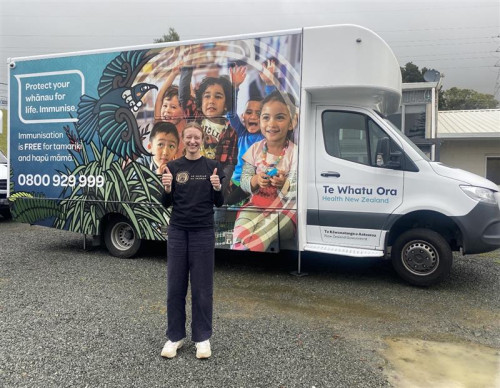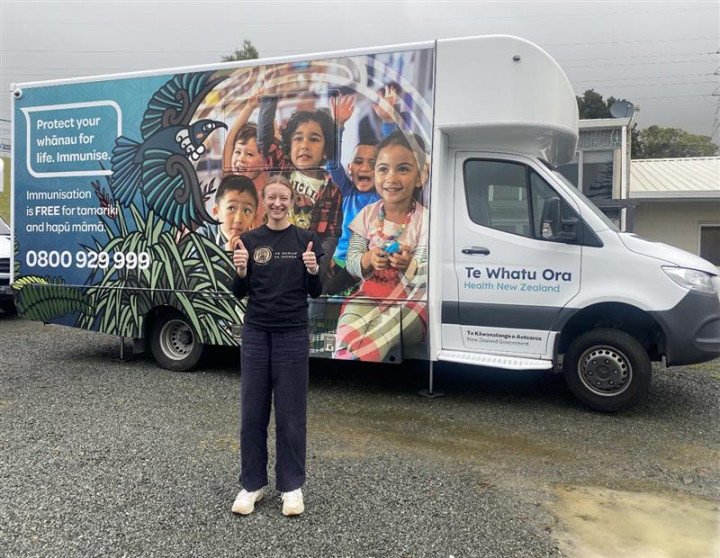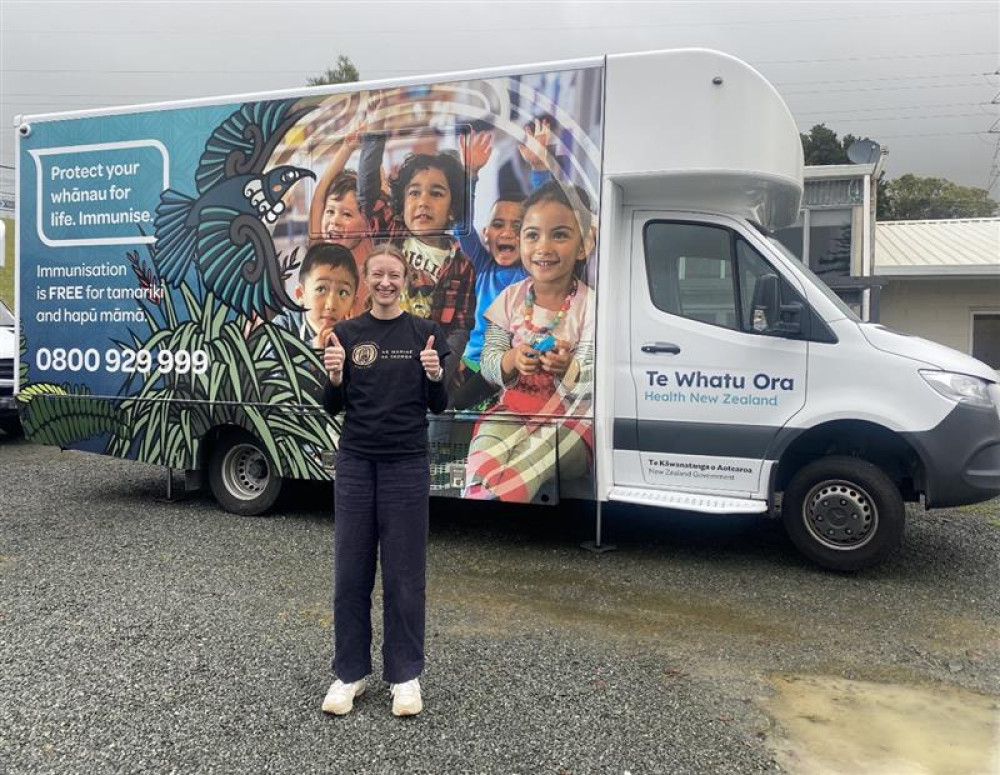New Zealand is celebrating a significant increase in cervical screening rates just two years after Health New Zealand launched the new HPV primary screening test. More than 730,000 people have chosen to screen, with 81% choosing to self-test.
Auckland cervical screening nurse lead Emma Carstens says this new way of screening which made self-testing possible, has been a “game changer”
“It’s quick, easy, and gives wāhine and whānau real choices.”
This Cervical Screening Awareness Month, Health New Zealand is marking a significant increase in screening rates. Since the launch of HPV primary screening in September 2023, overall screening coverage has increased by 7.4% to 74.5% approaching the Health New Zealand target of 80%.
The new test has had an impact for Māori and Pacific, with Māori coverage increasing by 10.9% to 68.2%, Pacific coverage increasing by 18.3% to 73.5%.
What’s made a big difference is being able to link in with other services, like childhood immunisations, which helps connect health services directly with whānau. It means we can meet people where they’re at, in ways that work best for them,” says Emma.
HPV primary screening looks for the presence of human papillomavirus (HPV). The virus causes more than 95% of cervical cancers.
Health New Zealand acknowledges all of the providers around the country who are contributing to the elimination of cervical cancer and working hard to improve access to screening and follow-up appointments.
“Self-testing provides options for women. This is making a difference,” says Alana Ewe-Snow, Director of Prevention Screening, Health New Zealand.
About 85% of people who develop cervical cancer in New Zealand have never screened or may have screened infrequently. The self-test option has been popular across all populations and communities.
“We have heard from up and down the country that wāhine who have carried out their screen with the self-test have found it quick and easy,” says Alana Ewe-Snow.
Cervical screening coverage rates have continued to grow between July 2023 and July 2025:
- Overall screening is up by 7.4% to 74.5%
- Māori screening increased by 10.9% to 68.2%
- Pacific peoples’ coverage rose by 18.3% to 73.5%
- Asian peoples’ coverage grew by 6.1% to 60.8%
- Other groups’ coverage increased by 6.8% to 82.1%
HPV immunisation and regular cervical screening are the best ways to protect against cervical cancer.
HPV immunisation is free for all people aged nine to 26. Screening is recommended for eligible people between the ages of 25 and 69 and is free for Māori and Pacific wāhine aged 25 to 69, and anyone aged between 30 and 69 who has never had a cervical screen or has not had a cervical screen in the last five years. Follow-up testing is free for everyone.
Photo: Emma Carstens, Auckland cervical screening nurse lead


